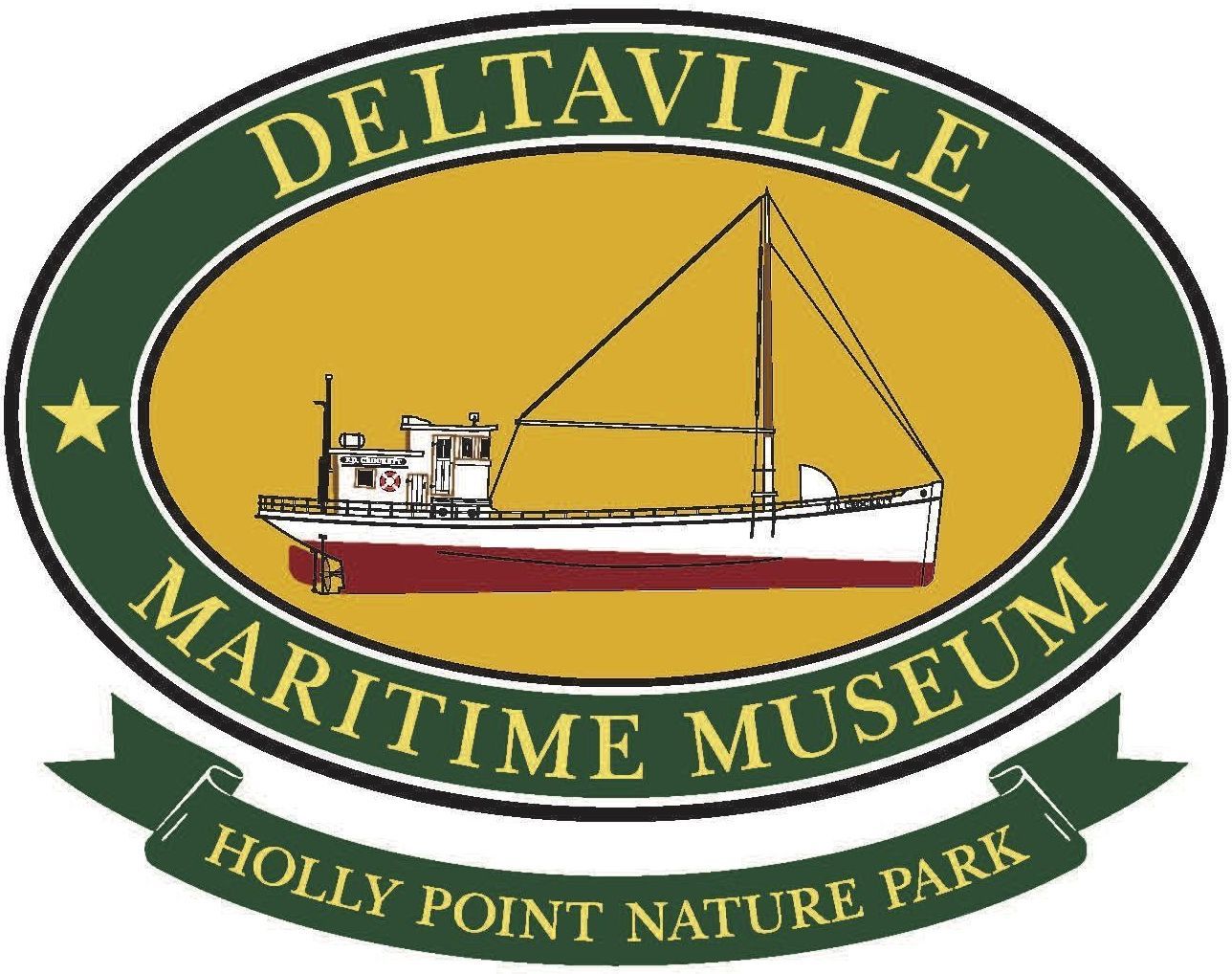Helpful Tips
How to Become a Local Park Advocate Who Actually Makes a Difference
Public parks don’t defend themselves. They get neglected, rezoned, underfunded, or privatized; not because people hate parks, but because no one shows up to speak for them. If you’re someone who walks your neighborhood trail, hosts birthday parties under that one good shade tree, or just wants a safe spot where kids can burn energy, you’re already invested. The question is how to turn that quiet love into visible action. Most advocacy guides don’t start small enough, and they rarely show what it looks like when the work works. This isn’t about theory. It’s about how one person — you — can start shaping outcomes in the places that matter most.
Know What You’re Talking About
Start with the basics. Walk the park, talk to staff, look up maintenance reports, and review your city’s parks and rec budget. Don’t assume the issue, verify it. If you’re serious about becoming effective, begin by learning how everyday residents shape city-level park decisions and how those systems respond to public input. You’ll avoid dead ends, target the right departments, and speak with authority when it counts. Advocacy that begins with listening has a better chance of being heard.
Find the People Who Pull the Levers
Influence rarely lives where you think it does. The city planner who jogs the trail, the PTA leader who wants safer paths for kids, the barista who knows everyone by name — these are your early allies. Before you start a campaign, build trust. The first move is not persuading, it’s joining. That’s why developing strong relationships in the community is step one for every effective local advocate. You’re not looking for support, you’re building alignment.
Choose Volunteer Work That Reveals Patterns
Yes, trash pickups matter. But they’re not the whole game. Volunteer where you can observe decisions being made or neglected. Staff a local event. Sit on the planning committee. Sweep the areas others avoid. When you show up consistently, people start looping you into conversations, and you begin to see how things really run. Many people discover that volunteering in targeted roles unlocks deeper influence once others recognize the value of their presence.
Tap Into Regional Volunteer Networks
You don’t have to build momentum from scratch. Plugging into existing networks can jumpstart your advocacy and connect you with efforts already underway. Volunteer River Counties maintains a live directory of volunteer opportunities across the region — from cleanup crews to community board roles — that help you find your fit faster. By joining a group that’s already moving, you’ll meet others who care about shared spaces and gain insight into the challenges and wins they’ve experienced. It's one of the quickest ways to stop feeling alone in the work.
Talk Like a Human, Not a Mission Statement
The fastest way to lose momentum is to overexplain or moralize. Most people already care — they just haven’t heard the problem phrased in a way that feels close to home. Don’t say “green space equity.” Say “our park hasn’t had a working water fountain in three years.” Frame the problem clearly, then invite others in. Changing the story about park and green space equity doesn’t mean watering it down, it means making it land. People will join when the story reflects what they’ve already felt but haven’t put into words.
Use Pressure Like a Tool, Not a Weapon
There’s a moment where polite requests stop working. When that moment comes, you need to be ready, not reactive. Gather data. Show up with numbers, neighbors, and a plan. Public pressure works best when it’s steady, organized, and obvious. To prepare, study well-timed public pressure strategies that help clarify how, when, and where to apply coordinated action. It’s not about shouting louder. It’s about pointing the spotlight and holding it there long enough for change to look like the logical next step.
Build the Engine Behind the Effort
You may hit a point where informal advocacy stalls out. Maybe you want to apply for grants, host events, or partner with city agencies. At that point, a nonprofit gives structure to your momentum. It also tells others: this isn’t a side project, it’s a sustained effort. Forming a nonprofit sounds intimidating, but it’s manageable when broken into clear steps. A growing number of people are starting a nonprofit through ZenBusiness to handle paperwork efficiently and avoid common legal mistakes. The more clarity and infrastructure you build early, the easier it is to grow with purpose.
Don’t Let It Die With You
The goal isn’t to stay busy, it’s to stay effective. Without systems, burnout sets in, and all your progress fades once you step back. Document everything. Make templates. Share ownership. Keep your wins visible and your next steps public. Simple shifts in engagement design can build staying power across your advocacy network, not just more activity, but a more resilient structure. If it can’t live without you, it was never advocacy, it was just attention.
Advocating for your local park is not about raising your hand once, it’s about staying in the room. It’s dozens of small actions that, taken together, shift the conditions for what’s possible. The best park advocates aren’t louder than everyone else. They’re steadier. They listen longer. They make friends in unlikely places. They show up when it’s boring and stay when it gets hard. You don’t need to be an expert or extrovert to matter here. You just need to begin and not stop.
